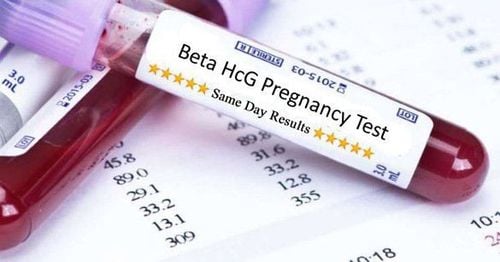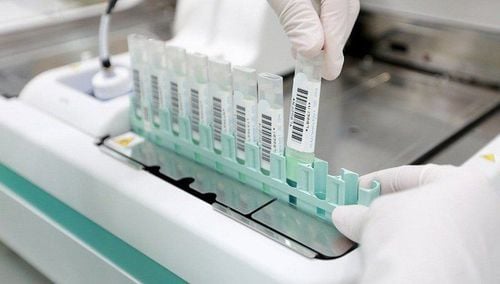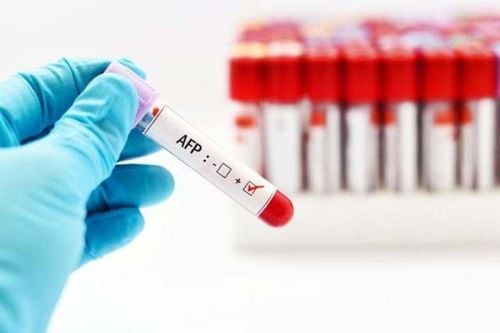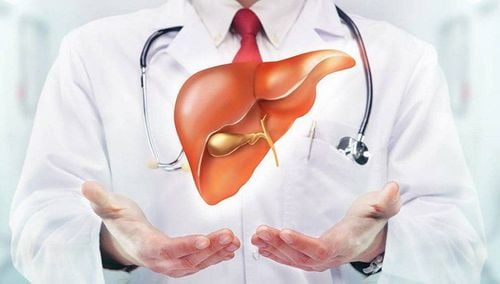This is an automatically translated article.
The article was written by Doctor Head of Department of Medical Examination - Internal Medicine, Vinmec Hai Phong International General Hospital.
In a test, sensitivity and specificity are two criteria that help determine whether a person is suffering from a certain disease, and 100% specificity means that all healthy people (no disease) determined to be healthy.
1. Test sensitivity
The sensitivity of a test is the proportion of people who actually have the disease and have a positive test result out of all the cases that have the disease. For example, a test to identify a person with a certain disease. Sensitivity also applies to systems that automatically detect defective products in a factory.
The formula to calculate the sensitivity is as follows:
Sensitivity = number of true positives/(number of true positives + number of false negatives) 100% sensitivity is understood as all infected people or all damaged products detected.
Sensitivity alone does not tell us all about the test because 100% of the sensitivity can normally be obtained by assigning to all cases a positive test result. Therefore, we need to know more about the specificity of the test.
A highly sensitive test has a low type 2 error. Type 2 error is: research results show no relationship between factors, but in fact there is.
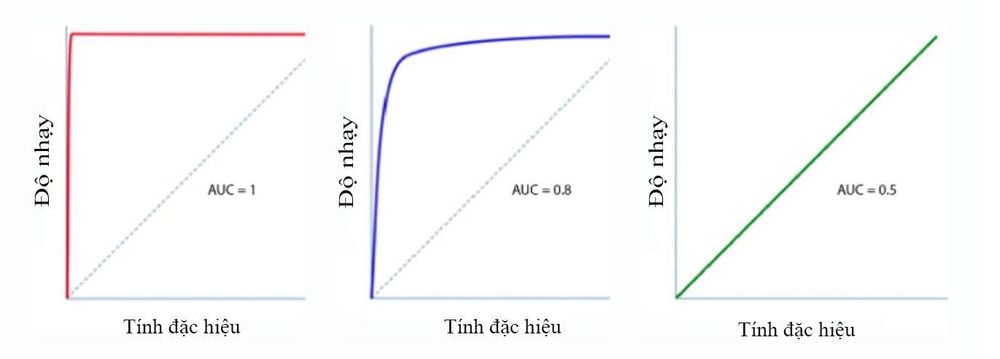
2. Specificity
Specificity of a test is the proportion of cases that are truly disease-free and have a negative test result in all cases without disease. Specificity is calculated using the following formula:
Specificity = Number of true negatives/ (number of true negatives + number of false positives) For a test to determine who has a disease That is, 100% specificity means that all healthy people (without disease) are defined as healthy.
Specificity alone does not tell us all about the test because 100% specificity can normally be obtained by assigning to all cases a negative test result. Therefore, we need to know more about the sensitivity of the test.
A test with high specificity has a low type 1 error. Type 1 error is a type of error when the research results show that there is a difference (as the hypothesis suggests), but in fact there is no difference.
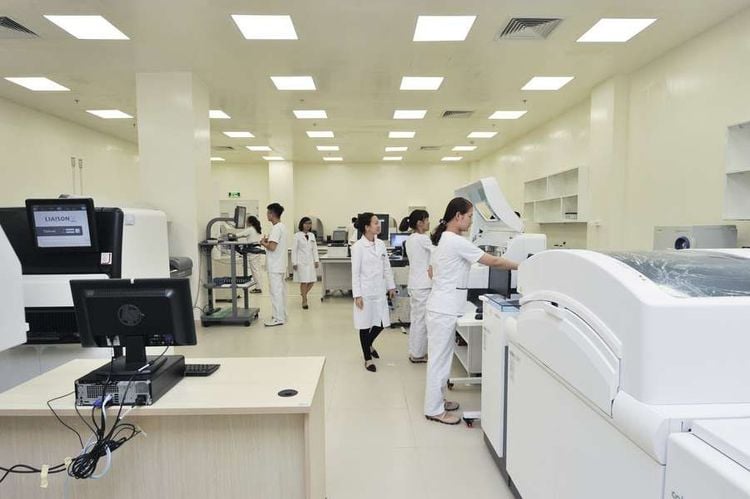
Vinmec International General Hospital is one of the hospitals that not only ensures professional quality with a team of leading doctors, modern equipment and technology, but also stands out for its examination and consulting services. and comprehensive, professional medical treatment; civilized, polite, safe and sterile medical examination and treatment space. Customers when choosing to perform tests here can be completely assured of the accuracy of test results.
Customers can directly go to Vinmec Health system nationwide to visit or contact the hotline here for support.
Articles refer to the source: Diagnostic tests. 1: Sensitivity and specificity, Understanding sensitivity and specificity with the right side of the brain
MORE:
What is a PCR test? HIV test Liver enzyme test






